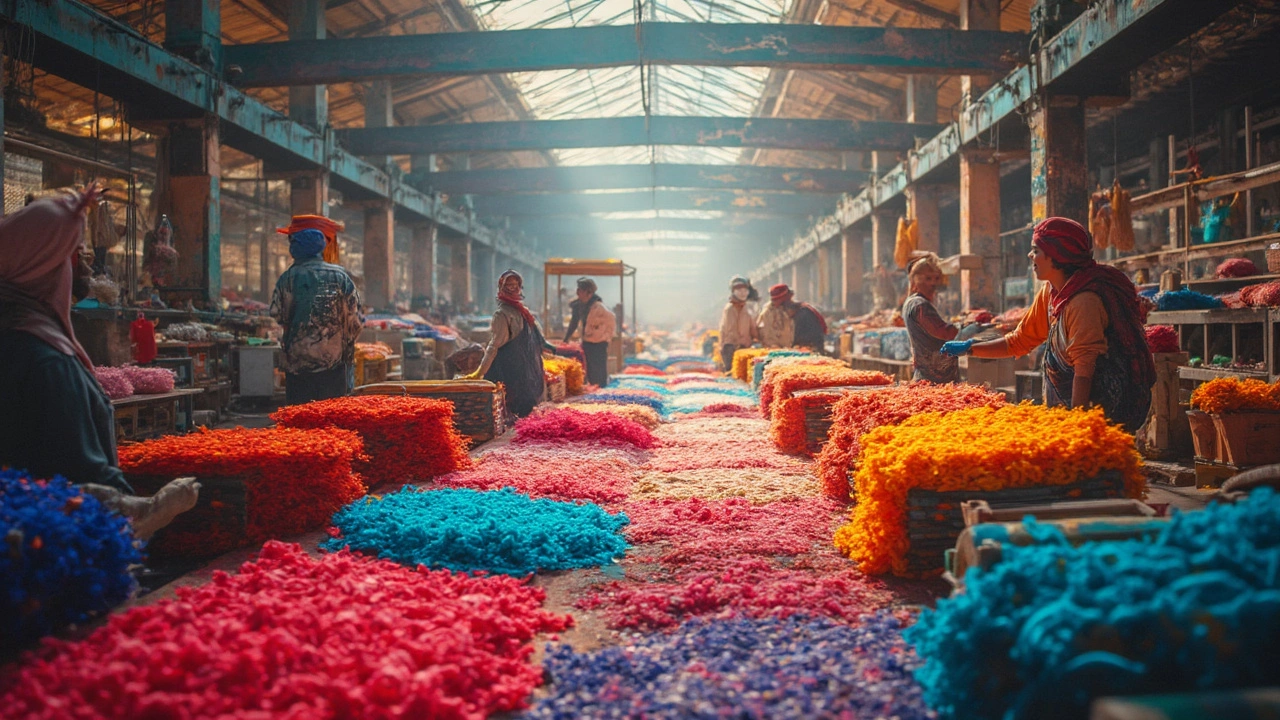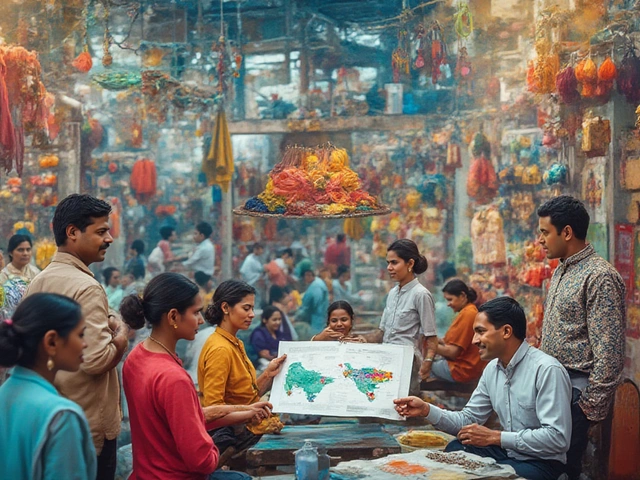Synthetic Textiles
When you think about synthetic textiles, you’re really looking at fabrics engineered from polymers rather than natural fibers. Synthetic textiles, man‑made fabrics created by processing chemical polymers into fibers and yarns. Also known as man‑made fabrics, they dominate everything from sportswear to home décor.
Two of the most popular polymer‑based fibers are polyester, a durable, wrinkle‑resistant fiber made from petroleum‑derived polyethylene terephthalate and nylon, a strong, elastic fiber originally developed as a silk substitute. Both polyester and nylon share the core attribute of being melt‑spun, which means they are melted and extruded into fine threads that can be knitted or woven. This process ties synthetic textiles directly to textile manufacturing, the industrial system that turns raw fibers into finished fabrics through spinning, weaving, knitting, and finishing. The link is clear: polymer chemistry fuels textile manufacturing, which in turn supplies the global market with affordable, versatile apparel.
Key Aspects of Production and Sustainability
Modern synthetic textile production leans heavily on advanced machinery that can control fiber diameter, tensile strength, and moisture‑wicking properties. These attributes enable designers to craft performance wear that breathes, dries quickly, and resists stains. At the same time, the industry faces criticism for its reliance on fossil fuels and the micro‑plastic pollution that can result from washing synthetic garments. That’s where sustainable fabrics, eco‑focused textile solutions that minimize environmental impact through recycling, bio‑based polymers, or closed‑loop manufacturing enter the conversation. Synthetic textiles encompass polyester and nylon, require polymer processing, and are reshaped by sustainable textile practices. Sustainable fabrics influence synthetic textile adoption, and advances in recycling technology are turning old garments into new fibers, closing the loop on waste. Companies that invest in recycled polyester, for instance, can reduce carbon emissions by up to 30% compared with virgin polyester production, showing a measurable benefit for both the planet and the bottom line.
Below you’ll find a curated set of articles that dig deeper into these topics: from the rise of Surat as a textile hub, to profitability tips for launching a textile mill in India, to global rankings of textile‑producing countries. Whether you’re a designer, a factory manager, or just a curious shopper, the posts ahead give practical insights, data‑driven trends, and real‑world examples that illustrate how synthetic textiles shape today’s manufacturing landscape.

Explore India's biggest synthetic textile manufacturer, uncovering its leading role in the textile industry. Discover key facts, from its massive production capabilities to innovative approaches. Gain insights into how this giant navigates the complexities of modern textile manufacturing. This article also offers practical tips on distinguishing high-quality synthetic textiles. (Read More)






